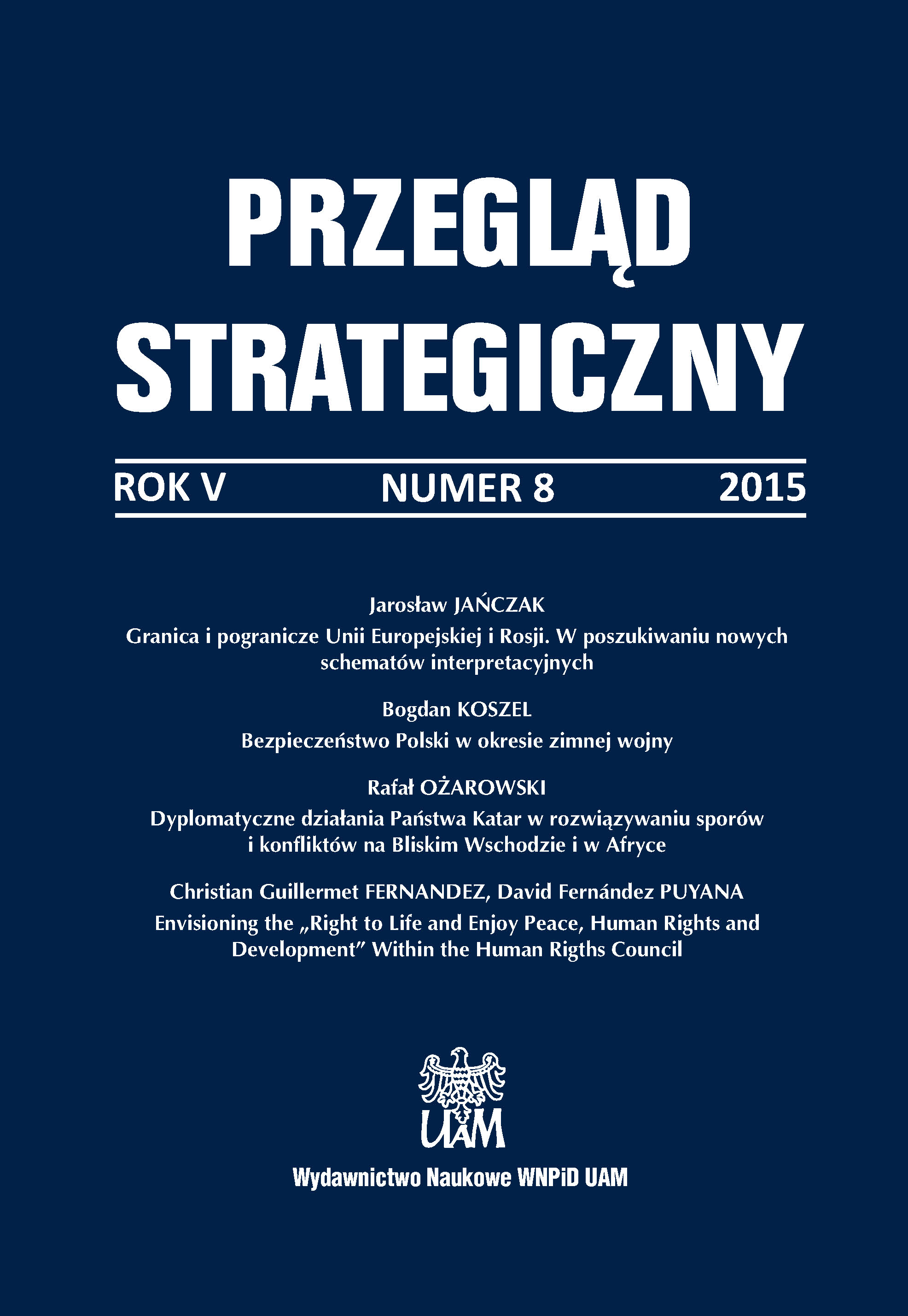LUDOBÓJSTWO W IRACKIM KURDYSTANIE W LATACH 80. XX WIEKU I JEGO UMIĘDZYNARODOWIENIE
KURDISH GENOCIDE IN IRAQI KURDISTAN IN THE 1980s AND ITS SUCCESIVE INTERNALIZATION
Author(s): Fuad JommaSubject(s): Politics / Political Sciences, Politics, Law, Constitution, Jurisprudence, Human Rights and Humanitarian Law, Inter-Ethnic Relations
Published by: Uniwersytet im. Adama Mickiewicza w Poznaniu
Keywords: Kurdish genocide; Iraqi Kurdistan
Summary/Abstract: Kurdish genocide in Iraqi Kurdistan marked a turning point in Iraqi-Kurdish conflict which dates back to the beginning of the 20th century. Iraqi nationalist party, Al-Baas, which took over power in 1963 introduced a policy of repressions against Kurds and was successively displacing them from their indigenous areas to the territory inhabited by Arab population who was loyal to the government. Iraqi government was destroying and confiscating the property of the Kurdish minority on a massive and organized scale. It banned Kurds from staying in designated prohibited zones, and carried out massive scale ethnic cleansing. The number of Kurds who fell victim to the regime of Saddam Hussein is estimated at 182 thousand. Chemical attack in the town of Halabja killed over 5 thousand people and those who survived still feel the impact of this deadly attack. It was exactly Halabja chemical attack that led to the internalization of the Kurdish problem and finally to the emergence of an independent Kurdish autonomy protected by international forces under the auspices of the United Nations. Following the collapse of Iraqi regime in 2003, nearly all authors of the chemical attack and other crimes against Kurds were brought to court and sentenced.
Journal: Przegląd Strategiczny
- Issue Year: V/2015
- Issue No: 8
- Page Range: 329-344
- Page Count: 16
- Language: Polish

